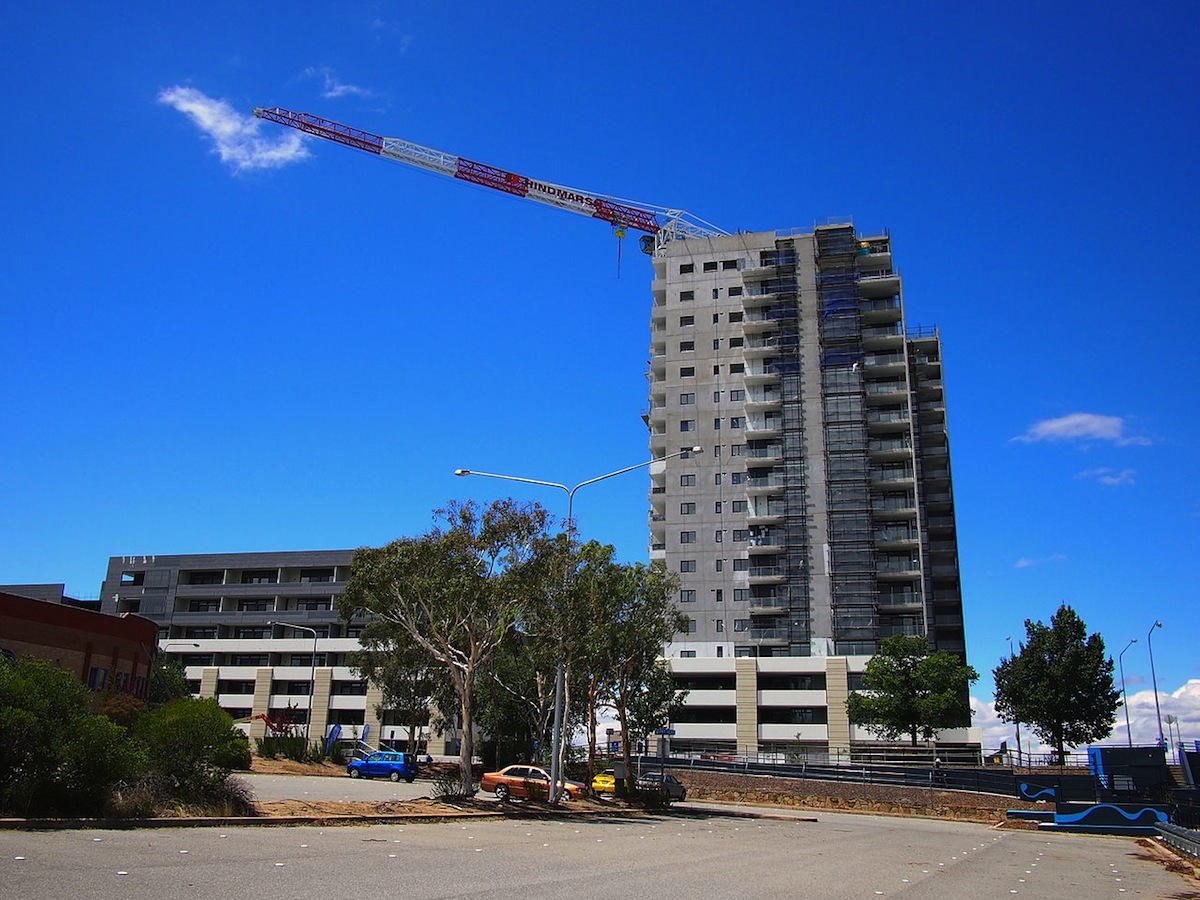Fannie Mae and 24 lenders that are part of an underwriting and servicing risk-sharing program provided $28.9 billion in financing for 446,000 units of multifamily housing in 2014. Fannie backstopped nearly all of those loans through its mortgage-backed securitization execution.
“It’s not just the volume that’s impressive, it’s the quality of the business,” said Hilary Provinse, Senior Vice President for Multifamily Customer Engagement, Fannie Mae. “We’re taking smart risks and winning the right deals” in what she described as an “incredibly competitive” market.
Fannie Mae’s Delegated Underwriting and Servicing (DUS) program has played a significant role in the multifamily housing market for 27 years. For 2014, Fannie singled out Bethesda, Md.-based commercial real estate finance company Walker & Dunlop, with 22 officers nationwide, as the lender in that program that produced the highest volumes of multifamily housing. Walker & Dunlop was followed by Wells Fargo Multifamily Capital, Berkadia Commercial Mortgage, CBRE Multifamily Capital, and PNC Real Estate.
Capital One Multifamily Finance was the DUS program’s leading producer for affordable multifamily housing. And KeyBank National Association’s lending produced the most seniors multifamily housing.
All told, the two government-sponsored enterprises, Fannie Mae and Freddie Mac, and its lenders provided $57.2 billion to finance the construction of more than 850,000 multifamily housing units.
Freddie’s $28.3 billion in multifamily volume was the second most in its history. CRBE Capital Markets was Freddie’s leading “Program Plus” seller for multifamily financing; Citibank produced the most affordable multifamily housing through this program; Walker & Dunlop the most very low-income units; and CRBE the most seniors housing.
Related Stories
K-12 Schools | Jul 31, 2023
Austin’s new Rosedale School serves students with special needs aged 3 to 22
In Austin, the Rosedale School has opened for students with special needs aged 3 to 22. The new facility features sensory rooms, fully accessible playgrounds and gardens, community meeting spaces, and an on-site clinic. The school serves 100 learners with special needs from across Austin Independent School District (ISD).
MFPRO+ New Projects | Jul 27, 2023
OMA, Beyer Blinder Belle design a pair of sculptural residential towers in Brooklyn
Eagle + West, composed of two sculptural residential towers with complementary shapes, have added 745 rental units to a post-industrial waterfront in Brooklyn, N.Y. Rising from a mixed-use podium on an expansive site, the towers include luxury penthouses on the top floors, numerous market rate rental units, and 30% of units designated for affordable housing.
Affordable Housing | Jul 27, 2023
Houston to soon have 50 new residential units for youth leaving foster care
Houston will soon have 50 new residential units for youth leaving the foster care system and entering adulthood. The Houston Alumni and Youth (HAY) Center has broken ground on its 59,000-sf campus, with completion expected by July 2024. The HAY Center is a nonprofit program of Harris County Resources for Children and Adults and for foster youth ages 14-25 transitioning to adulthood in the Houston community.
Hotel Facilities | Jul 27, 2023
U.S. hotel construction pipeline remains steady with 5,572 projects in the works
The hotel construction pipeline grew incrementally in Q2 2023 as developers and franchise companies push through short-term challenges while envisioning long-term prospects, according to Lodging Econometrics.
Sustainability | Jul 27, 2023
USGBC warns against building energy code preemptions, rollbacks
In a recent editorial, the USGBC cited a growing number of U.S. state legislators who are “aiming to roll back building energy code standards and/or preempt local governments from advancing energy-efficient building codes.”
Resiliency | Jul 27, 2023
'Underground climate change' can damage building foundations, civil infrastructure
A phenomenon known as “underground climate change” can lead to damage of building foundations and civil infrastructure, according to a researcher at Northwestern University. When the ground gets hotter, it can expand and contract, causing foundations to move and sometimes crack.
Adaptive Reuse | Jul 27, 2023
Number of U.S. adaptive reuse projects jumps to 122,000 from 77,000
The number of adaptive reuse projects in the pipeline grew to a record 122,000 in 2023 from 77,000 registered last year, according to RentCafe’s annual Adaptive Reuse Report. Of the 122,000 apartments currently undergoing conversion, 45,000 are the result of office repurposing, representing 37% of the total, followed by hotels (23% of future projects).
Hotel Facilities | Jul 26, 2023
Hospitality building construction costs for 2023
Data from Gordian breaks down the average cost per square foot for 15-story hotels, restaurants, fast food restaurants, and movie theaters across 10 U.S. cities: Boston, Chicago, Las Vegas, Los Angeles, Miami, New Orleans, New York, Phoenix, Seattle, and Washington, D.C.
Sustainability | Jul 26, 2023
Carbon Neutrality at HKS, with Rand Ekman, Chief Sustainability Officer
Rand Ekman, Chief Sustainability Officer at HKS Inc., discusses the firm's decarbonization strategy and carbon footprint assessment.
Sports and Recreational Facilities | Jul 26, 2023
10 ways public aquatic centers and recreation centers benefit community health
A new report from HMC Architects explores the critical role aquatic centers and recreation centers play in society and how they can make a lasting, positive impact on the people they serve.

















